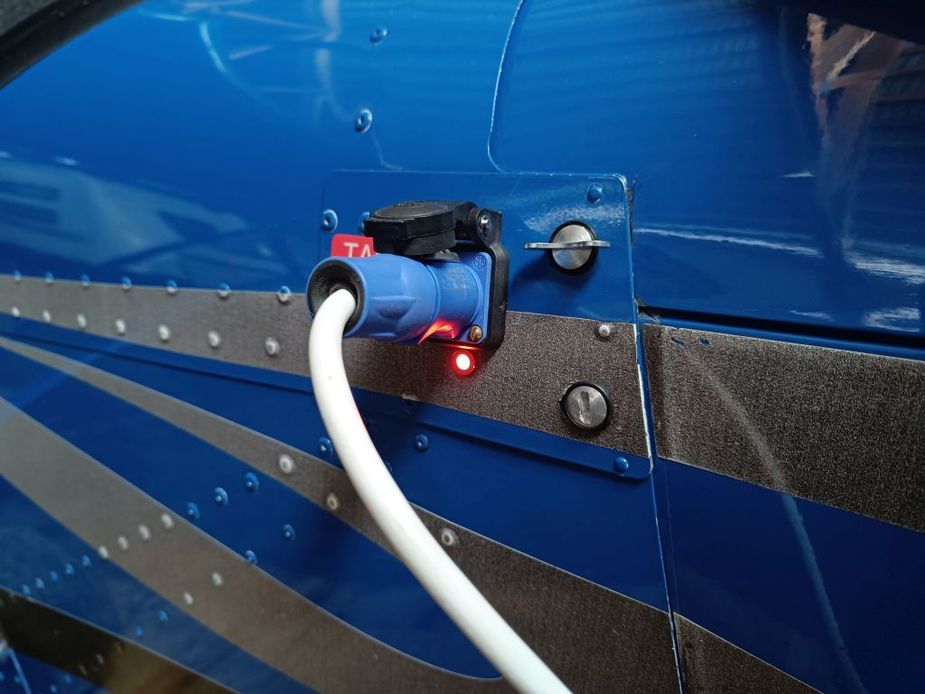Dan wrote:
And the same happens in the aviation world
Yes it happens  but how many actually do it? In the marine world it’s done by “everybody”, at least around here. This has mostly to do with more defined seasons for marine recreation than aviation. This works like this: At the end of season, the boat is taken out of the water. It’s washed and the engine is fogged. The boat is usually placed in some barn or simply at the marina with a “tent” over it. In the spring, actually this time of year exactly, maintenance is done. This consists of fixing, painting etc so it’s all up to speed for the summer season. For aircraft I think it’s much less work to simply take a few trips during the winter, and follow the scheduled maintenance.
but how many actually do it? In the marine world it’s done by “everybody”, at least around here. This has mostly to do with more defined seasons for marine recreation than aviation. This works like this: At the end of season, the boat is taken out of the water. It’s washed and the engine is fogged. The boat is usually placed in some barn or simply at the marina with a “tent” over it. In the spring, actually this time of year exactly, maintenance is done. This consists of fixing, painting etc so it’s all up to speed for the summer season. For aircraft I think it’s much less work to simply take a few trips during the winter, and follow the scheduled maintenance.
When at the EAA maintenance course some years back, preservation during winter season was a main part of it. I don’t know. With engine heat and flying occasionally, I really don’t see what could possibly go wrong. Besides, the pilot also must be flown a bit to prevent rust 
In the marine world, when storing the engine over a longer time, they are “fogged”
And the same happens in the aviation world… Engine Preservation for Active and Stored Aircraft, inactive engines pt. 4.
I was thinking about the engine here. A simple roof will protect from dew and the sun in the desert. During the night, heat from the ground and objects on it are radiated out into deep, black space in clear weather. This means that objects will get cooled down much more than the temp difference between the air and the objects. The objects (and the ground) will then start to cool the air, not the other way around. This is also why windows on cars get iced over during cold (and clear) winter nights. Just placing the car under a roof will stop that. In humid and temperate climates other things are more important, and the humidity is almost constantly 100%.
I’m wondering about this “oil drain back issue”. In a non condensing (micro) atmosphere, why should that even be an issue? In the marine world, when storing the engine over a longer time, they are “fogged”. This is a special “waxy” oil liquid that is sprayed into the engine. It sticks and stays everywhere creating a barrier. When starting the engine for the first time, the meaning of “fogged” becomes very clear  Some engines even have auto-fogging systems. IMO believing that any engine oil will work the same way without at least actively being “fogged” on while the engine is cold, is believing in Santa Claus.
Some engines even have auto-fogging systems. IMO believing that any engine oil will work the same way without at least actively being “fogged” on while the engine is cold, is believing in Santa Claus.
How about
Also in most of Europe, due to airfield politics, anything that needs power is not possible.
It’n not clear to me what the difference between having the aircraft stored
actually is. They are all warm and dry non condensation climates (except in the desert where condensation could happen)
LeSving wrote:
during the whole winter.
IN that case, condensation is not an issue, but if not flown for 10 or more days, oil drain back could be.
Yes, during the whole winter.
LeSving wrote:
kept
…as in “always on” ?
This is how the Savannah is kept warm and cozy during the winter:


Raven wrote:
Before starting below plus 5-7 degC I connect a source of hot air below cowl flaps which heats the sump and cylinders.
Same here. I use 2 hairdryers and a piece of foam to hold them in place in the cowling openings. After about 30 minutes the engine is warm enough and starts immediately.